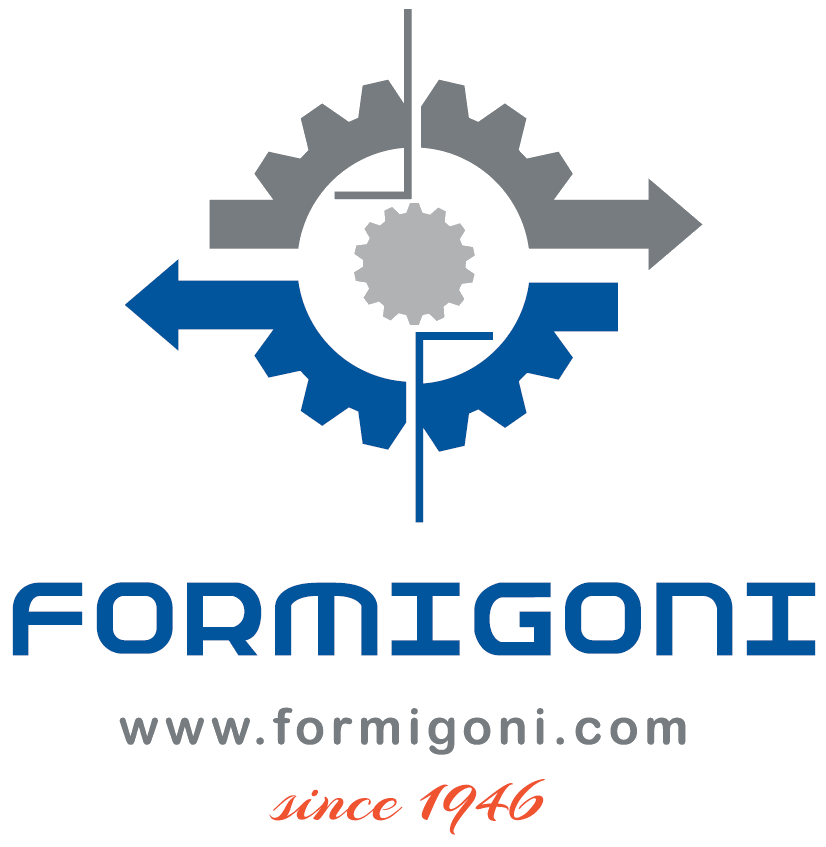
Activated Carbon • performances
adsorption index | adsorbent pore volume index | granulometry
Activated Carbon is a porous material that is used for a variety of applications, including water treatment, air purification, and gas separation. The performance of activated carbon is determined by its physical and chemical properties.
Check with DEC LAB for analytical support.

adsorption index
For gas-phase adsorbents, the adsorption index is determined through different methods:
The butane index (ASTM D5742).
The CTC (carbon tetrachloride) index (ASTM D3467). The CTC index (carbon tetrachloride adsorption index) is the most commonly used and accurate KPI, but no longer used as a standard measure of the quality of activated carbon being carbon tetrachloride is a known carcinogen.
The ETAC (ethyl acetate) index (CECA-DEC).
The benzene index (JIS K 1474).
A higher adsorption index indicates a higher activity, which means that the activated carbon has a greater capacity for adsorbing VOC molecules.
adsorbent surface area test
The BET surface area measurement method measures the amount of nitrogen (N2) gas that is adsorbed by Activated Carbon at a range of relative pressures: the pore size distribution of the Activated Carbon can then be calculated from the Brunauer-Emmett-Teller (BET) data.
The BET pore volume index is important because it provides an indication of the Activated Carbon's capacity for adsorbing all types of molecules, including small, medium, and large molecules. A higher BET pore volume index indicates a higher total pore volume, which means that the Activated Carbon has a greater capacity for adsorbing molecules. However, it is important to note that the pore size distribution of Activated Carbon is not always a smooth distribution. There can be overlaps between the micropore, mesopore, and macropore regions. Additionally, the pore size distribution can change depending on the activation conditions and the type of Activated Carbon.
Porosity of Activated Carbon, as defined by IUPAC (International Union of Pure and Applied Chemistry), is divided in three families:

Despite Activated Carbon huge commercial importance in the purification of air and water, the precise atomic structure of this adsorbent is still unknown.
ash content
The ash content of Activated Carbon is the amount of inorganic material that remains after the carbon is activated. It is typically expressed as a percentage of the total weight of the Activated Carbon. The ash content of Activated Carbon can vary depending on the source material and the activation process used: wood-based activated carbon typically has a lower ash content (2-5%) than mineral-based Activated Carbon (5-15%).
granulometry
The granulometry of Activated Carbon extruded pellets is typically measured by sieving the pellets through a series of sieves with different mesh sizes. The results of the sieving process are used to calculate the percentage of pellets that fall within each mesh size. The granulometry of Activated Carbon extruded pellets is typically reported as a particle size distribution, which shows the percentage of pellets in each size range.
The granulometry of Activated Carbon extruded pellets affects the performance of the pellets in a variety of ways. For example, the particle size of the pellets affects the rate of diffusion of adsorbates into the pellets. Smaller pellets have a larger surface area per unit volume, which means that they have a faster rate of diffusion. This makes smaller pellets more effective at removing adsorbates from liquids and gases.
The granulometry of Activated Carbon extruded pellets also affects the mechanical strength of the pellets. Larger pellets are more likely to break during handling, which can reduce the effectiveness of the pellets. Therefore, it is important to choose the granulometry of Activated Carbon extruded pellets that is appropriate for the specific application.
In general, the granulometry of Activated Carbon extruded pellets should be chosen to match the specific application. For example, if the pellets are being used to remove adsorbates from liquids, then smaller pellets with a faster rate of diffusion are typically preferred. However, if the pellets are being used in a gas-phase application, then larger pellets with greater mechanical strength may be preferred.
Some additional factors to consider when choosing the granulometry of Activated Carbon extruded pellets:
conclusions
As we can see, the properties of activated carbon vary widely. By understanding the performances of each type of activated carbon and the factors that are important for your application, DEC can assist you for the best choice for your needs.
